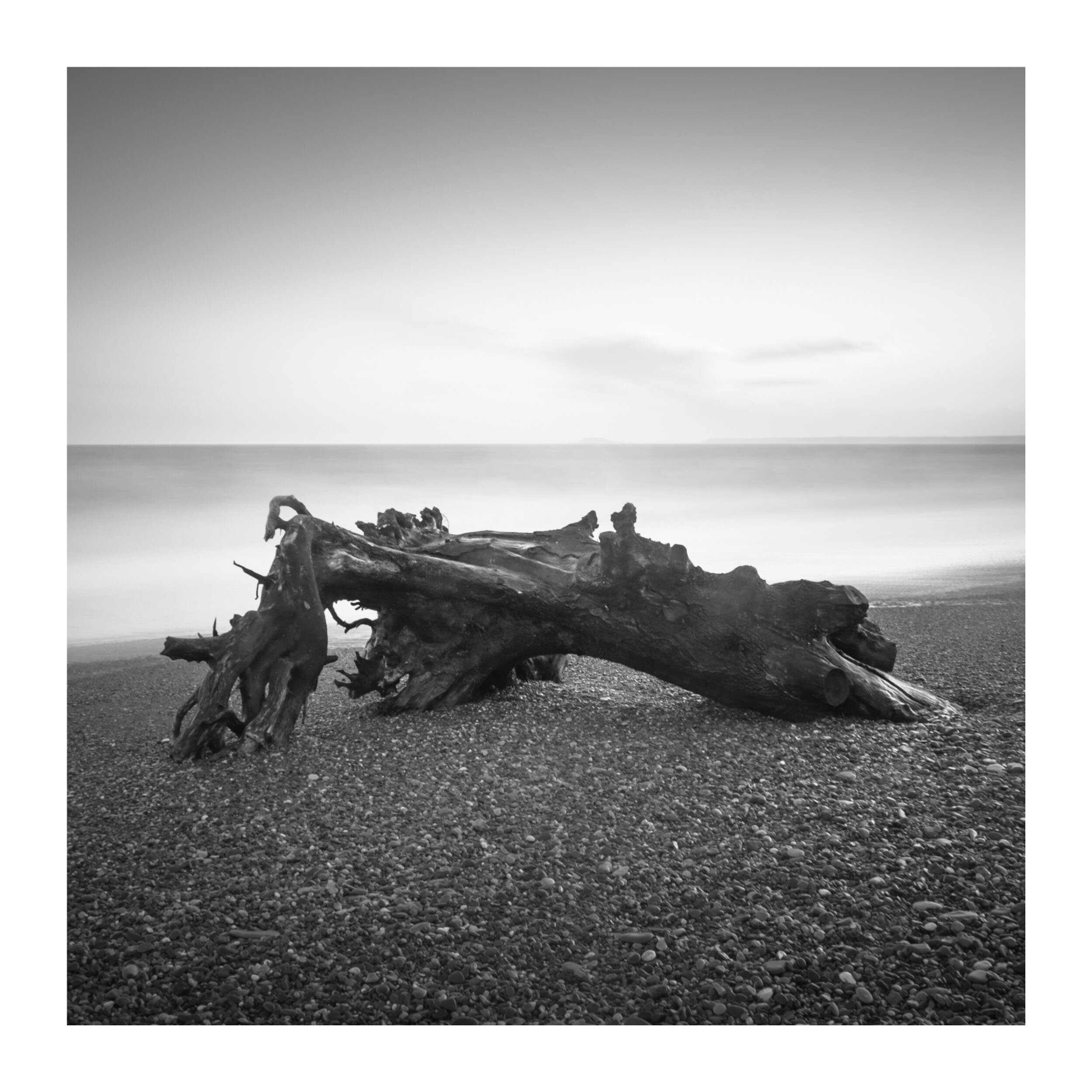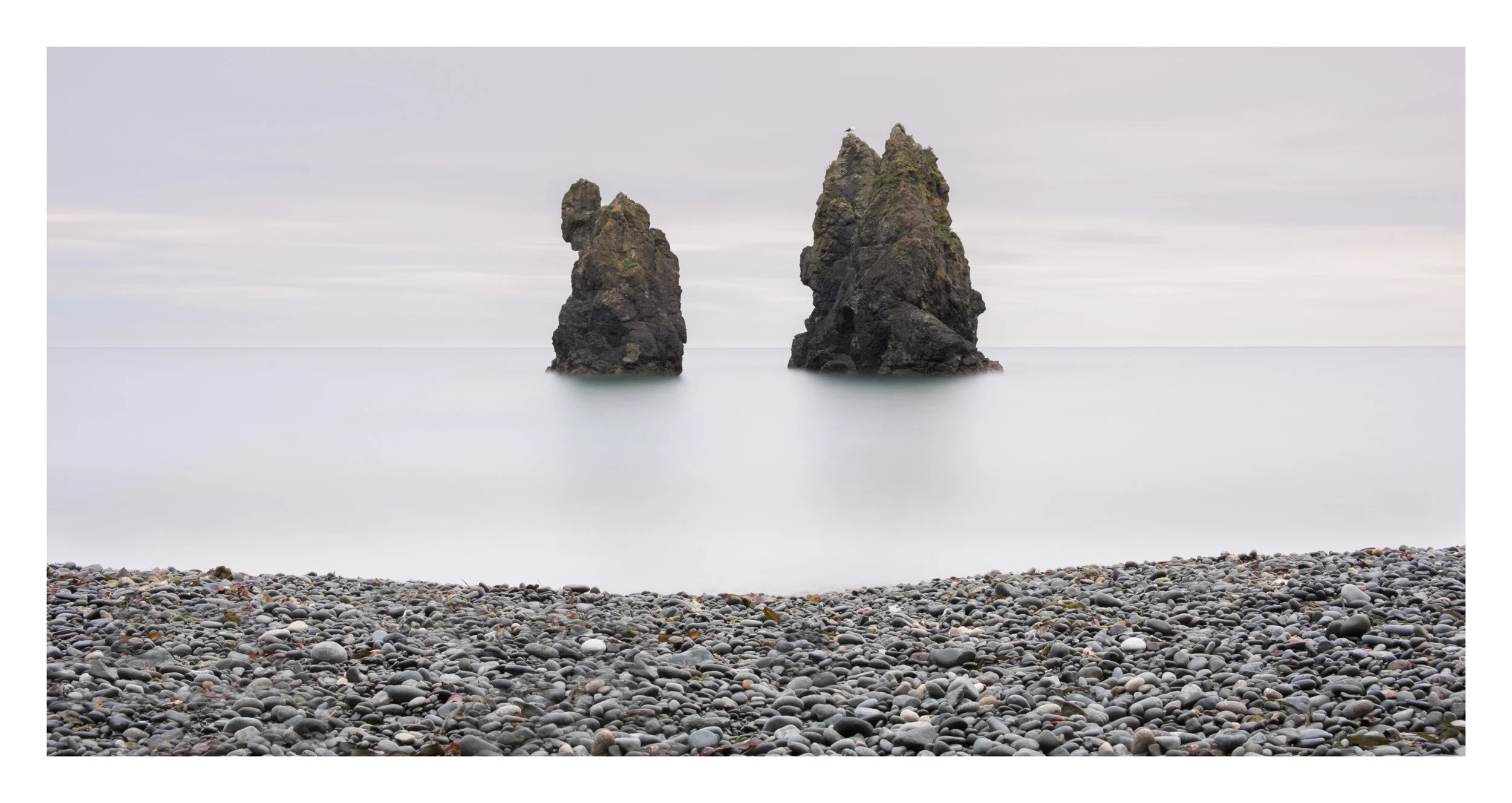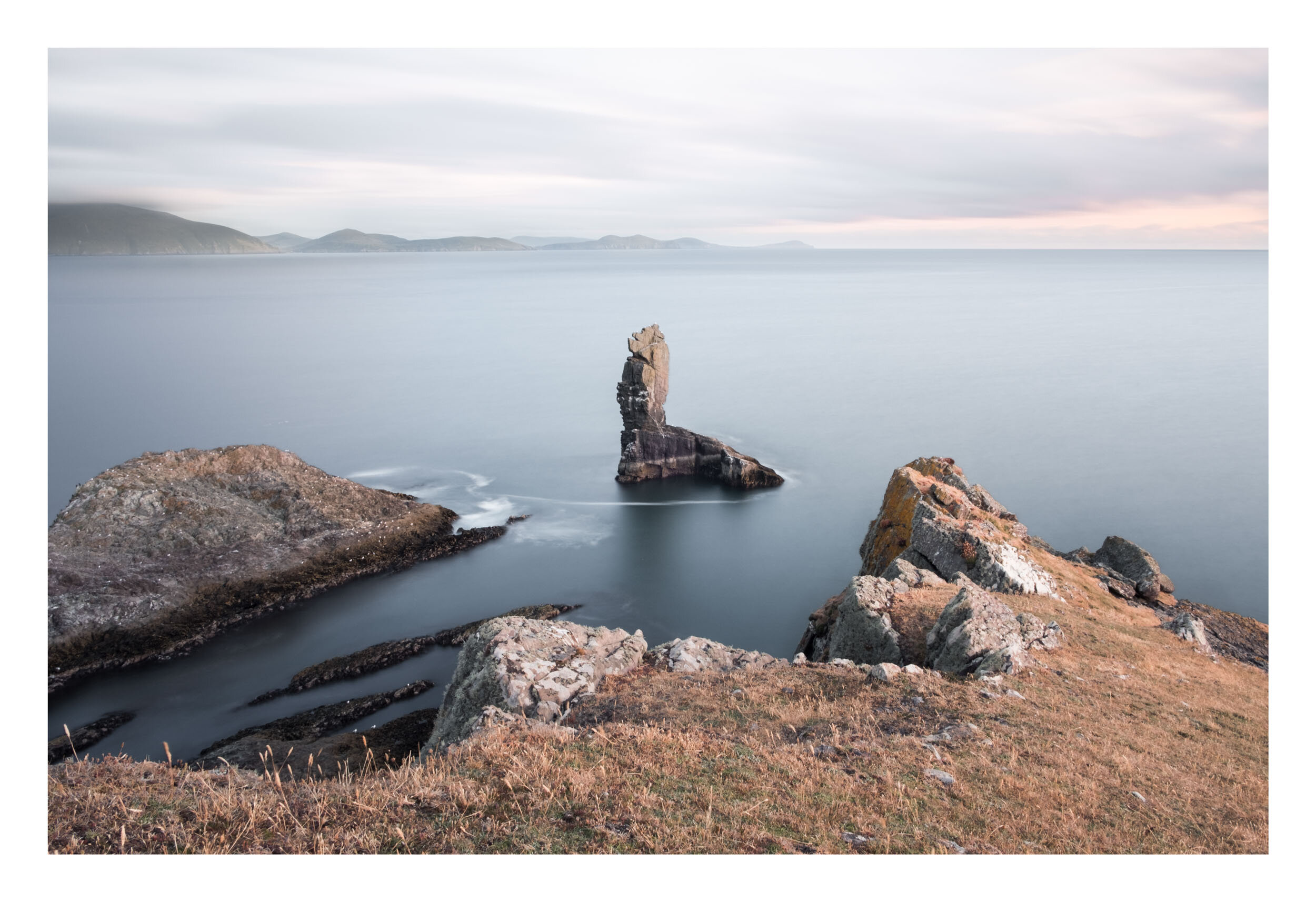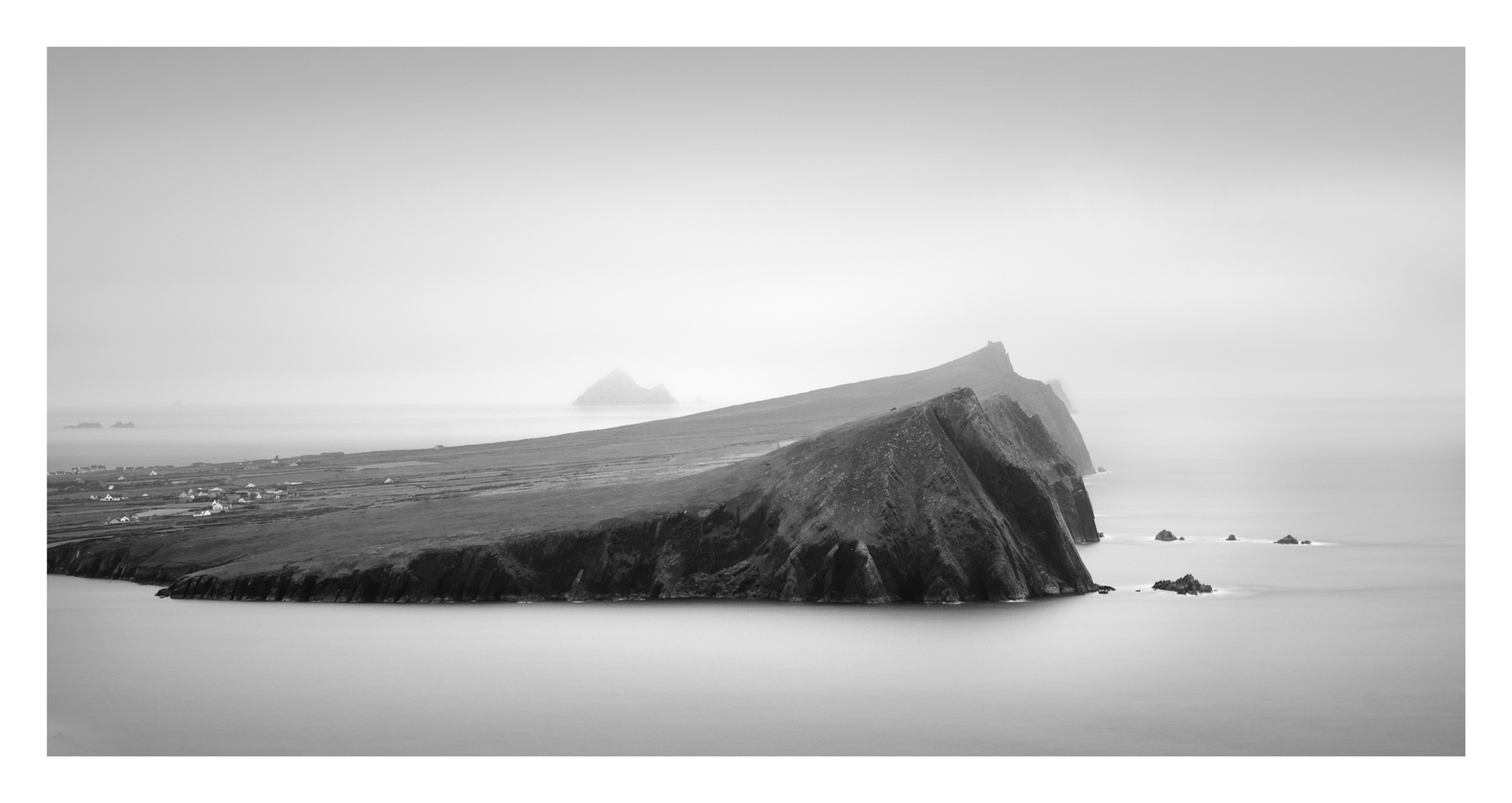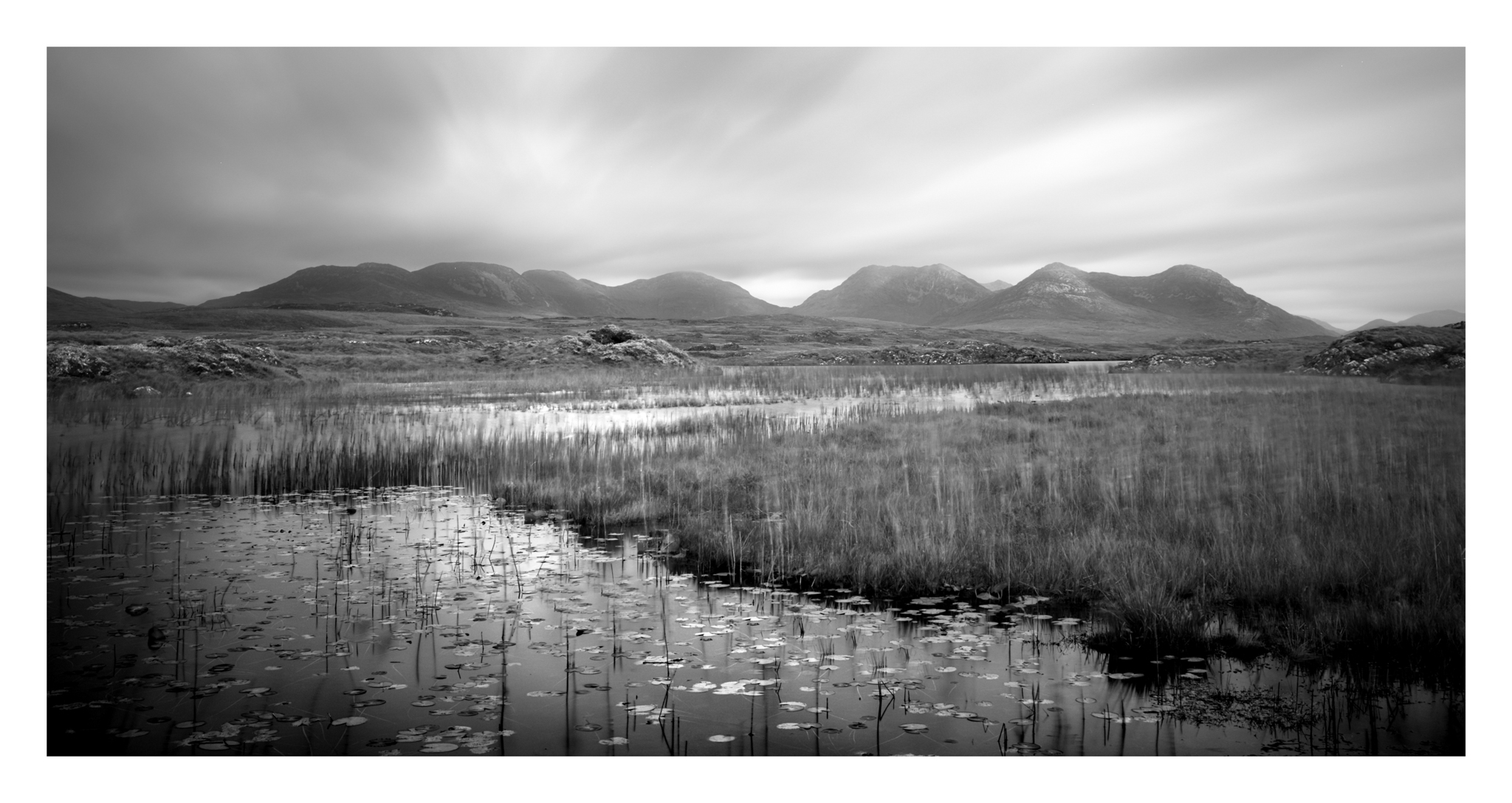One field of photography I like to try during the summer months in Ireland is Astro photography, particularly in the months of July and August when the Milkyway is at its best in terms of position. While there has been a distinct lack of clear skies this summer one of the few occasions that I got out was for the night of the peak of the Perseid meteor shower on the 12th August.
The Copper Coast is a particularly suitable for astro photography due to the fact that the southern sky out to sea is very dark and there is little if any light pollution as well as an abundance of great locations to give you safe and accessible foreground interest. I think the landscape photography community is really starting to become aware of this and I am starting to see more and more visiting solely for this purpose.
How To:
For astro photograpghy it is really down to capturing as much light as possible so in terms of camera settings your ISO should be at 1600 at least (3200 or even 6400 if the noise performance on your camera is acceptable). The lense aperture should be set as large as possible (smallest F stop number available on your lense). The shutter speed is something you have to pay attention to. If its sharp stars you are interested in you have to pay attention to the rotation of the earth during your exposure, too long an exposure and the stars start to show as elongated streaks of light. A simple rule of thumb is to Divide 500 by your focal length (or full frame equivalent). The other aspect to note is focus, ideally you are there before dark and your composition is set with focus set to infinity (or furthest object you can focus on as a best guess). Obviously a tripod and snacks are essential!
I’m not one for gear talk but for astro photography it is one of the few occasions where gear can make a difference. Lenses with larger aperture capabilities to a F1.8 range or higher perform better, these do tend to be more expensive. Full frame cameras generally have better high ISO performance and again tend to be more expensive. Worth noting however than you can come away with decent images with basic kit, these were taken with a Cropped sensor camera and a F5.6 lense
On this occasion I was hampered by a bank of clouds on the horizon which took out the brightest and most interesting part of the milkyway. While I did see quite a few meteorites the didn’t show up particularly well in the images. Rather than individual images I decides to just do a timelapse which is a combination of all the images captured over the 2-3 hour period from varying angles.


